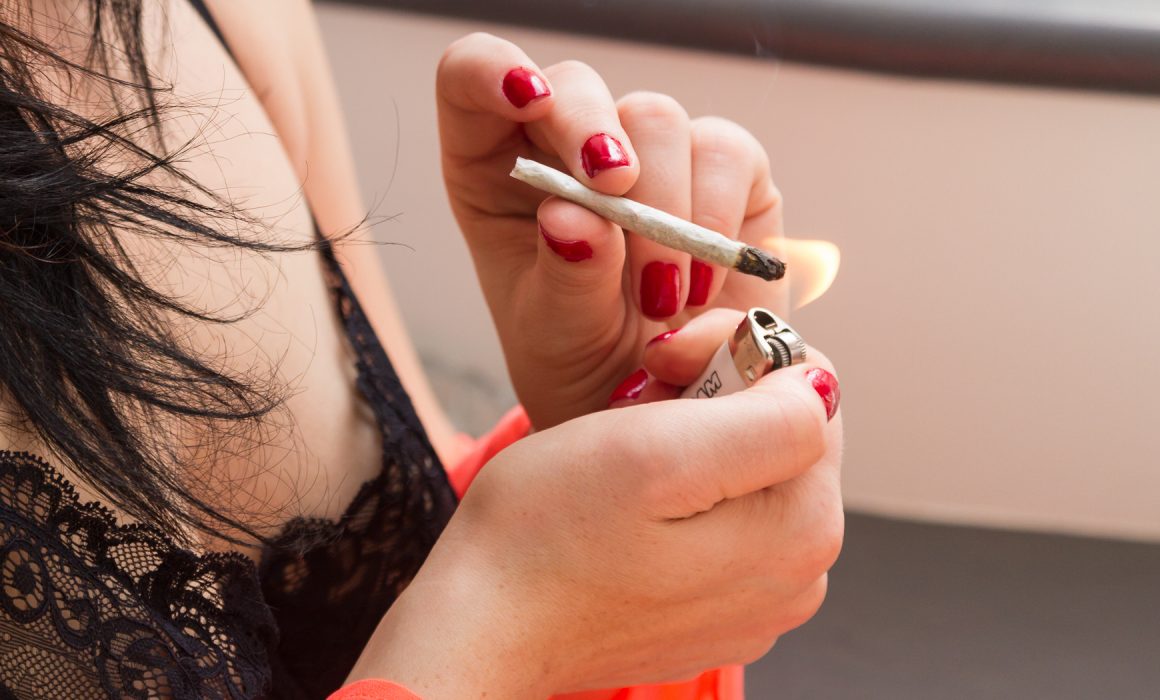From preventatives to treatments and cures, Western medicine has been hugely positive for humanity in a lot of ways. Today, Big Pharma gives us vaccines, insulin and blood pressure medications, antibiotics and chemotherapy, and painkillers for incurable conditions and for while we’re healing.
Unfortunately, those painkillers include fentanyl, which is not proving to be a huge positive for humanity … or for cannabis freedom. Politically, medically, and recreationally, Big Pharma and fentanyl continue to negatively impact the push to fully legalize cannabis.
Opioids and Cannabis
Let’s be clear here: Opioids are important for pain management for many. There are pain conditions that will just not respond to other treatments, and people deserve to lessen that pain.
Despite some claims, cannabis is not a better pain treatment than opiates “because it’s a natural plant-based medicine”. We have access to opioids because of the opium poppy. In it, the morphine alkaloid occurs naturally just as cannabinoids do in cannabis. So heroin (chemically treated morphine) is a processed plant, as “natural” as BHO.
But “natural” is not a definitive that something is safe for you — both natural and synthetic opioids are effective painkillers. And all are addictive and potentially deadly, especially when someone doesn’t know what opioid or opioid mix they are taking.
Cannabis is not a perfect painkiller: there are too many ways humans feel pain for it to treat everything. So obviously it can’t simply stop the need for opioid use. But it can help fight pain along with opioids. And because cannabis has a very low addiction potential and zero-lethality, it can also help against opioid addiction for those that wish to stop using opioids.
Pharmaceutical Companies
While pharmaceutical medicine is predominantly positive for humanity, pharmaceutical companies aren’t necessarily. Because Big Pharma operates within a capitalist system, profits will always come first — as expected of publicly traded corporations.
But reducing costs or improving revenue streams aren’t the only ways to improve a bottom line. There’s also lobbying, propaganda, and market manipulation available. When it comes to profiting from human pain, why not anything and everything?
Politically
The idea that opioids and cannabis should be used or not, together or not, as is best for each person’s needs hasn’t reached Big Pharma. While cannabis activists are busy pushing for legalization, pharmaceutical companies donate money to stop it.
For instance, fentanyl maker Insys Therapeutics Inc donated money to defeat recreational use in Arizona. There’s no medical-focused, pharmaceutical reason for that. Arguing that synthesized medications are better for us means nothing against recreational use. It is use equivalent to that of alcohol and tobacco, and Insys doesn’t lobby against them.
In fact, an internet search of pharmaceutical makers against alcohol and tobacco brings up mentions of Big Pharma, Big Tobacco, and Big Alcohol all lobbying together against marijuana.
Even the argument that cannabis is a health concern doesn’t hold from Big Pharma and fentanyl makers. The manufacturer of an opioid prone to recreational abuse with an ever-growing body count, under investigation for convincing doctors to prescribe against accepted use, is the more likely public health concern.
Medically
Again, Insys used the same “health concern” speak while lobbying against rescheduling naturally derived THC for its medical benefits. A company that makes a synthetic medicinal opioid that is showing up on the street and in so many other drugs should be concentrating on their own “diversion and abuse potential” not writing to the DEA about natural cannabinoids.
After pushing back against legal naturally derived THC, they petitioned for looser restrictions on synthetically derived CBD, while developing their own. And they’re developing a synthetic dronabinol that’s now allowed under Schedule II.
But while pharmaceutical development argues against the natural source — cannabis doesn’t have a knowable, steady dose, you can’t control for contaminants, etc. — there is strong evidence that the various cannabinoids (and terpenes) work best together through an entourage effect, increasing effectiveness and range of treatment options.
Simply speaking, natural cannabis and synthetic single cannabinoids are not equal. They will have different uses and purposes, just as we use different opioids — synthetic and natural — differently. But those uses cannot be found until medical cannabis is treated as a legitimate, legal source.
And that cannot occur until Big Pharma stops getting in the way of people’s lives in favour of their profits.




